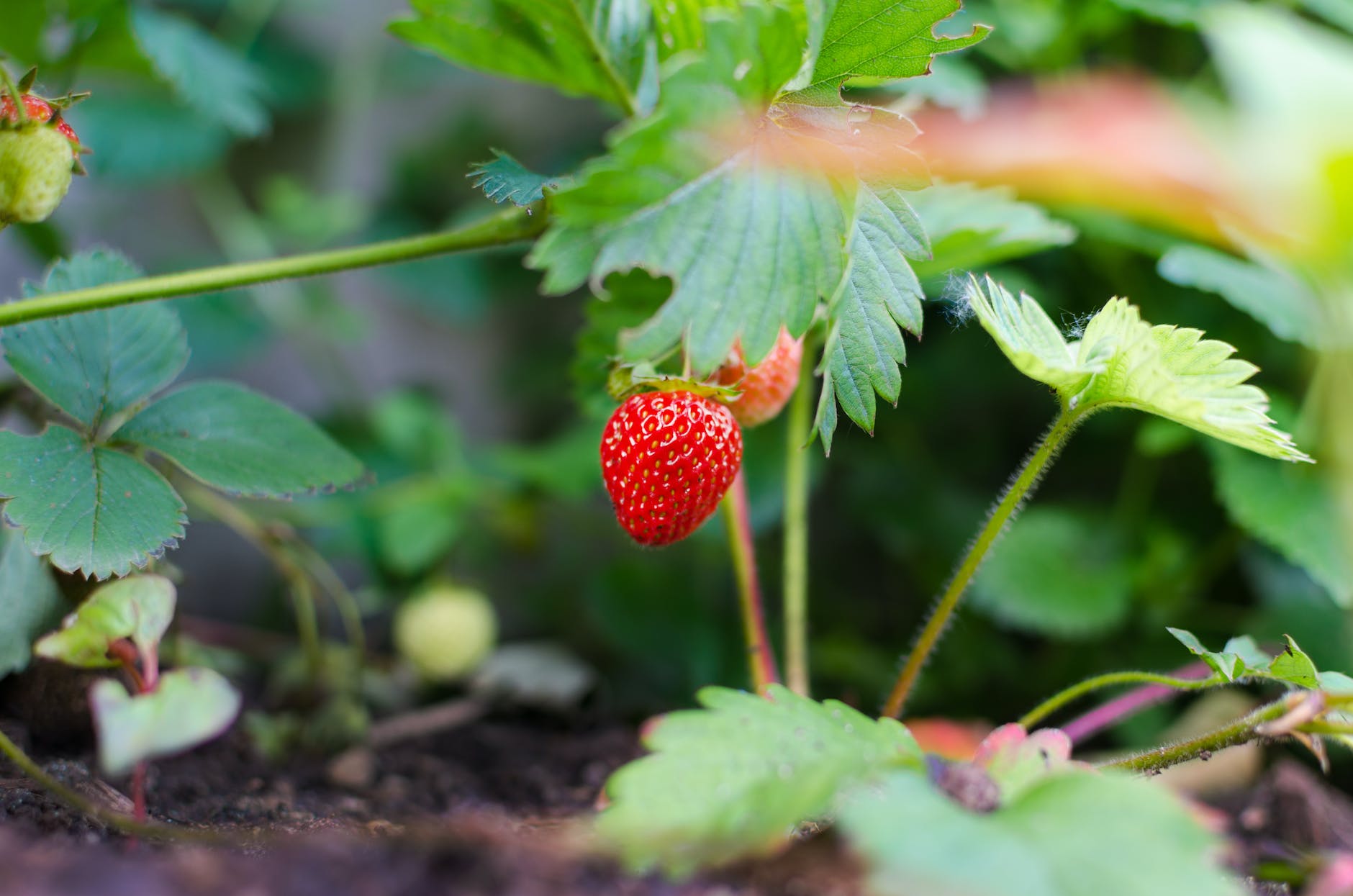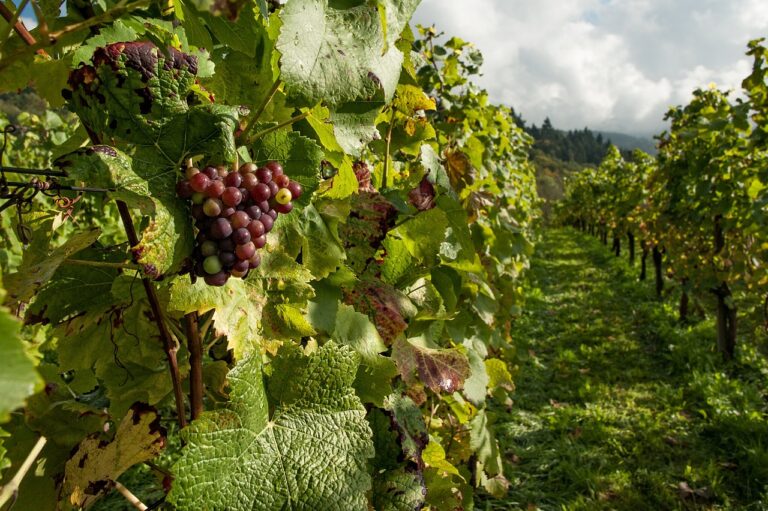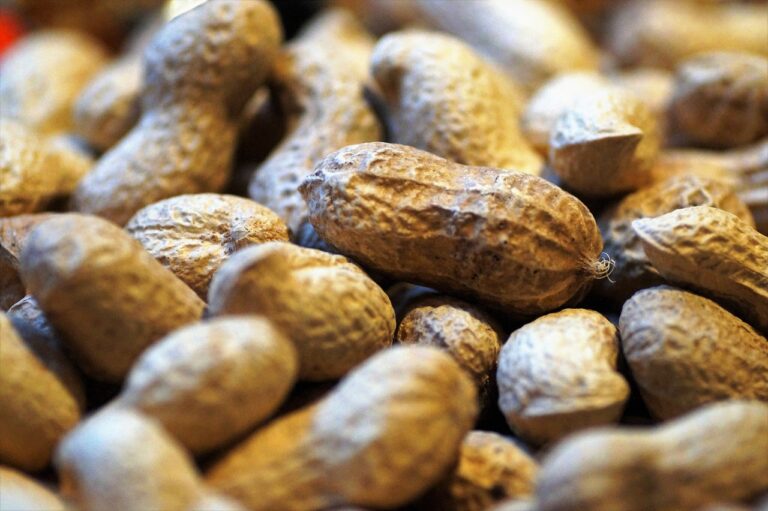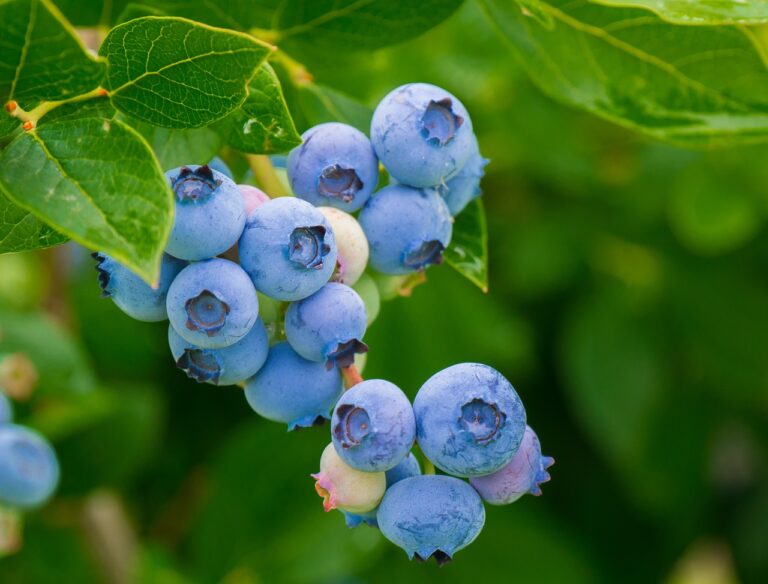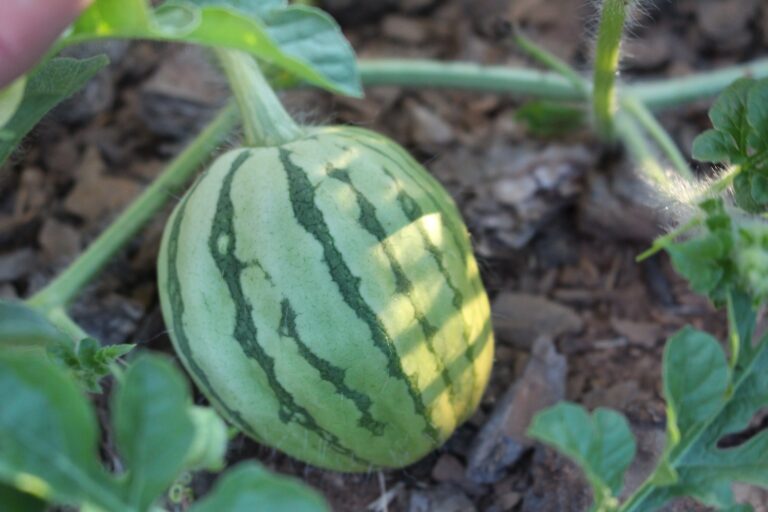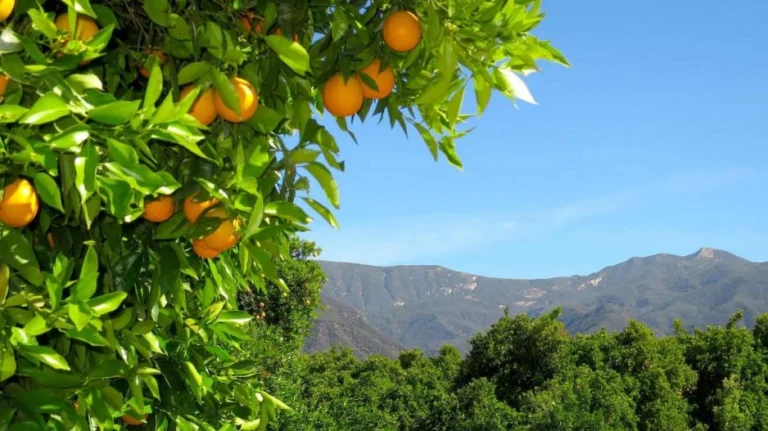Kenya’s Thriving Strawberry Farming: Sweet Success
Strawberry farming has been gaining popularity in Kenya, and it’s easy to see why. Strawberries are a delicious and nutritious fruit that is high in antioxidants and vitamin C. Not only that, but they also have a high economic value due to their demand for both domestic and international markets. But can strawberries actually grow in the Kenyan climate?
The Importance of Strawberries in Kenya
Strawberries are not native to Kenya, but they have become an important crop due to their potential for export and local consumption. The Kenyan government has identified strawberry production as one of the key areas for investment as part of its efforts to diversify its agriculture sector. With a growing middle class looking for healthier food choices, there is also an increasing demand for fresh strawberries among consumers.
In addition, strawberry farming provides employment opportunities for both skilled and unskilled laborers throughout the value chain from production to distribution. This helps boost the local economy while also providing much-needed income for farmers.
But can strawberries actually thrive in the Kenyan climate? Let’s take a closer look at the ideal conditions required for successful strawberry cultivation.
The Perfect Climate and Soil for Growing Strawberries in Kenya
Strawberry cultivation requires specific climatic conditions that include adequate rainfall, moderate temperatures, and sufficient sunlight. In Kenya, the best regions for strawberry farming are high altitude areas between 1500-2500 meters above sea level with an average temperature range of 10-25°Celsius. These areas have a cool climate that’s perfect for the growth of strawberries.
The ideal soils for growing strawberries in Kenya should be well-draining and rich in organic matter with a pH between 5.5-6.5. Sandy loam soils are preferable because they allow good aeration and drainage while retaining adequate moisture to promote healthy growth.
It’s essential to avoid waterlogged soils as they can lead to root rot diseases which can destroy your crop. It’s also important to consider the topography of the land when choosing a site for strawberry production in Kenya.
Sloping land is preferred because it allows water to run off easily, preventing soil erosion while at the same time providing good drainage crucial for healthy plant growth. Overall, choosing the right climate and soil conditions is vital to ensure successful strawberry cultivation in Kenya.
Varieties of Strawberries Grown in Kenya
Overview of the different types of strawberries grown in Kenya
Kenya is known for producing high-quality strawberries that are sweet and juicy. There are several varieties of strawberries grown in Kenya, each with its own unique characteristics. The most common types of strawberries grown in Kenya include the Chandler, Sweet Charlie, Festival, and Selva varieties.
Characteristics and differences between them
The Chandler strawberry is one of the most popular varieties grown in Kenya. It has large, firm berries that are bright red in color with a sweet flavor. The Sweet Charlie strawberry is another popular variety known for its juicy texture and excellent taste.
It has large berries that are deep red in color with a glossy appearance. The Festival strawberry variety is another favorite among farmers due to its high yields.
It produces medium-sized berries that have an excellent flavor and aroma. The Selva strawberry variety is preferred by many farmers for its resistance to diseases and pests, as well as its ability to produce high-quality fruits throughout the growing season.
Each variety has unique characteristics that make it suitable for different growing conditions and purposes. Farmers can choose which variety to grow based on factors such as yield potential, flavor profile, disease resistance, growth habits, climate requirements among others.
Growing Techniques
Methods used to cultivate strawberries in Kenya
When it comes to growing strawberries in Kenya, there are a variety of cultivation techniques that farmers can use. The most common method is using raised beds with drip irrigation. This allows for better drainage and prevents the roots from getting waterlogged.
Another method is planting strawberries in hanging baskets or containers filled with soilless media. This allows for greater portability and flexibility in terms of placement.
Tips for ensuring successful growth and yield
One key aspect of successful strawberry cultivation is soil preparation. Prior to planting, the soil should be tilled and amended with organic matter, such as compost or manure, to improve its fertility and structure. It’s also important to ensure that the soil pH is between 5.5-6.5, which is optimal for strawberry plants.
In addition, proper pruning techniques are crucial for encouraging healthy growth and maximizing yield. Farmers should remove runners (offshoots) regularly as they appear, as this diverts energy away from fruit production and can result in smaller berries.
Regular monitoring of moisture levels (via irrigation) and nutrient levels (via fertilization) is essential for maintaining the health of strawberry plants throughout their growth cycle. With these tips in mind, farmers can successfully cultivate high-quality strawberries in Kenya!
Pests and Diseases
Uninvited Guests: Common Pests of Strawberry Plants in Kenya
Strawberry plants are unfortunately not immune to pests and diseases. Some of the most common pests that can wreak havoc on strawberry plants in Kenya include aphids, spider mites, thrips, nematodes, and red mites.
These pests usually feed on the leaves of the plant causing leaf damage or discoloration, which can lead to a reduced yield. One effective method used by farmers to control these pests is by regularly checking for any signs of damage and spraying the affected areas with organic insecticides such as neem oil or pyrethrum extract.
Battling Diseases: Common Diseases Affecting Strawberry Plants in Kenya
Aside from pests, strawberry plants are also prone to several diseases that can harm their growth and reduce their yield. Some of the most common diseases that affect strawberries in Kenya include anthracnose, root rot, leaf spot disease, and powdery mildew. To prevent these diseases from spreading to healthy plants or new seedlings, farmers rely on various preventative measures such as crop rotation strategies and using clean planting materials.
In addition, farmers need to be vigilant about monitoring their crops for early signs of disease outbreaks so they can take immediate action. In terms of treatment options for diseased crops, fungicides are often used when symptoms appear.
However, this approach may not always be ideal since it is costly and may leave residues on produce that could pose health risks if consumed by humans. Therefore it’s essential for farmers to use an integrated pest management approach when dealing with pest infestations or disease outbreaks.
Harvesting and Marketing
When to harvest strawberries in Kenya
Knowing when to harvest strawberries is crucial for achieving the best taste and highest yields. In Kenya, the best time to harvest strawberries is during the dry season when there is less rain and humidity, usually between December and February. During this period, the berries are sweeter, juicier, and have a longer shelf life.
It’s important to pick the strawberries when they are fully ripe but still firm. Over-ripe strawberries tend to spoil quickly, while under-ripe berries lack flavor.
Strategies for marketing fresh strawberries locally or internationally
Kenya has a growing market for fresh produce both locally and internationally, with an increasing demand for high-quality fruits like strawberries. One way to market fresh strawberries locally is by working with supermarkets, restaurants, hotels or food processing companies that have a ready market for fresh produce.
Farmers can also explore direct sales avenues such as farmer’s markets or roadside stalls. For international markets, farmers must meet high-quality standards set by various certification bodies such as Global GAP or Fairtrade International.
These certifications ensure that farmers follow ethical practices in their farming techniques while adhering to strict quality control measures that meet international standards. In addition to obtaining certifications, it’s also important for farmers to invest in cold storage facilities that maintain low temperatures during transportation and storage of harvested berries.
This helps preserve the quality of the fruit as it’s transported from Kenya to its final destination. Overall, with proper harvesting techniques coupled with effective marketing strategies Kenya has huge potential for successful strawberry production both domestically and internationally if farmers can overcome challenges brought about by weather conditions and lack of resources like credit facilities and access to reliable markets.
The Challenges Faced by Strawberry Farmers in Kenya
Lack of Access to Finance
One of the major challenges faced by strawberry farmers in Kenya is the lack of access to finance. Many small-scale farmers struggle to secure loans or credit from financial institutions due to their limited resources and lack of collateral. This makes it difficult for them to invest in quality inputs, equipment, and infrastructure necessary for successful cultivation of strawberries.
Lack of Market Information
Another significant challenge facing strawberry farmers in Kenya is the lack of market information. Many farmers do not have access to accurate market data on consumer demand, prices, and distribution channels. This makes it difficult for them to make informed decisions about what crops to grow and how much produce to sell on the market.
Poor Quality Inputs
Quality inputs such as seeds, fertilizers, pesticides, and herbicides are crucial for successful cultivation of strawberries. However, many small-scale farmers in Kenya face challenges accessing high-quality inputs due to limited availability or affordability. As a result, they may be forced to use low-quality or counterfeit inputs that negatively affect crop yield and quality.
Possible Solutions To Address These Challenges
Access To Finance Solutions
To address the challenge of access to finance for strawberry farmers in Kenya, there is a need for government intervention through policies such as subsidies on inputs like fertilizers and seedlings which are critical requirements for strawberry farming. Also microfinance institutions could provide affordable loans with friendly terms that favour small scale farmers.
Market Information Solutions
To tackle the issue of lack of market information faced by strawberry farmers in Kenya various agriculture organizations can provide training programs that educate farmers on agricultural best practices such as marketing strategies like branding their products which will give them an edge over other producers.
Quality Input Solutions
To ensure that small-scale farmers have access to quality inputs, governments and agricultural development organizations should work together to create programs that provide training in identifying and sourcing high-quality inputs. Moreover, the government regulations should be strengthened so as to ensure only the authentic products are imported into the country.
Conclusion
In this article, we have explored the feasibility of cultivating strawberries in Kenya. We have learned that strawberries can grow in Kenya, provided that the right climate and soil conditions are present. We have also discussed the various varieties of strawberries grown in Kenya and highlighted some of the growing techniques that farmers can use to ensure successful growth and yield.
Additionally, we looked at some common pests and diseases that affect strawberry plants in Kenya, as well as strategies for harvesting and marketing fresh strawberries both locally and internationally. We identified some of the challenges faced by strawberry farmers in Kenya and possible solutions to address them.
The future prospects for strawberry farming in Kenya look promising. With its diverse climate and fertile soil, many regions are suitable for growing this delicious fruit. The demand for fresh fruits is increasing both domestically and internationally, providing a significant market opportunity for Kenyan farmers looking to expand their output.
Moreover, initiatives such as providing access to finance, quality inputs & training programs can help foster a conducive environment for small-scale farmers to participate effectively. Overall, with the right approach and support from stakeholders such as government bodies & private sector organizations, strawberry farming has the potential to become a lucrative enterprise with significant economic benefits not only for individual farmers but also for communities across Kenya.

